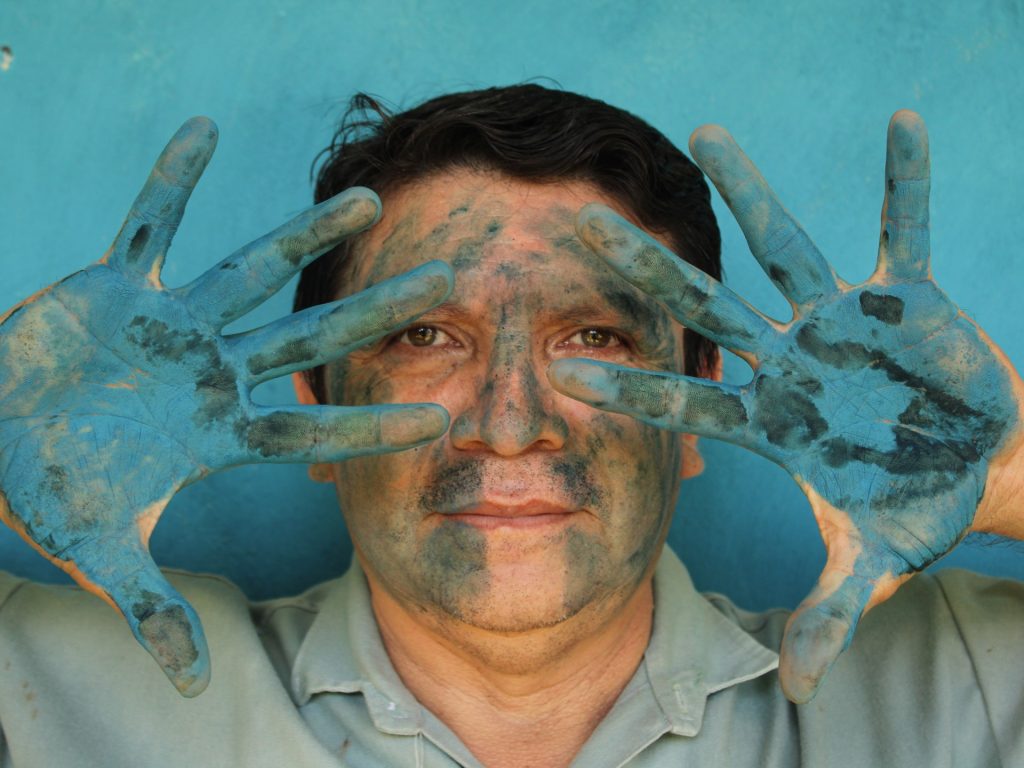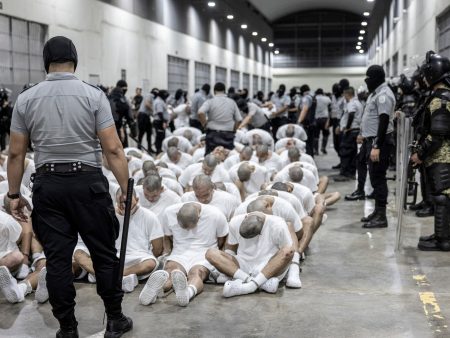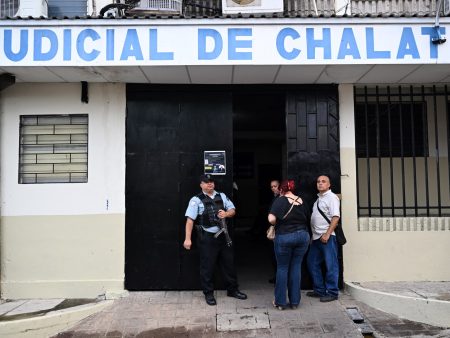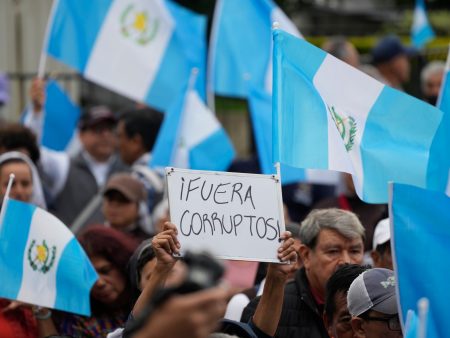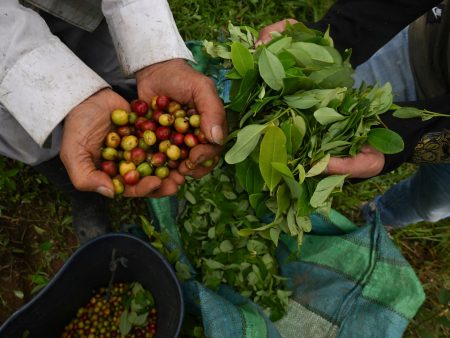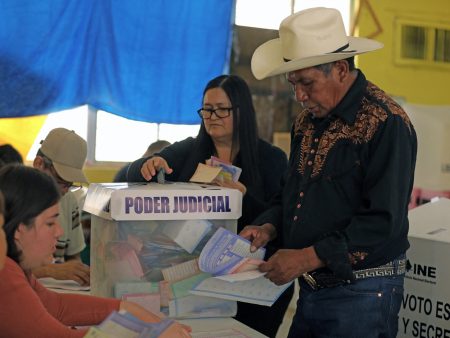In the heart of Dzan, Mexico, 49-year-old Luis May Ku embarks on a quest through the sauna-like heat of the Yucatan jungle, searching for a rare plant known as ch’oj or indigo. He is an Indigenous Maya ceramicist and the last person believed to have the knowledge to create traditional Maya blue, a revered pigment that has deep cultural and spiritual significance. As he navigates the dense flora, he reflects on the challenges faced in locating indigo—a plant that many believed had become extinct in the region. May’s journey represents not just a personal endeavor but a significant cultural revival, aiming to reconnect contemporary Maya identity with ancient traditions through the rediscovery of historically vital practices.
Maya blue, characterized by its vibrant azure hue reminiscent of the Caribbean Sea, was historically used in various ceremonial practices by the ancient Maya. This pigment adorned pottery, murals, and even human sacrifices intended to appease deities such as Chaak, the rain god. Notably, during rituals where human beings were sacrificed, their bodies were painted with this illustrious blue to invoke blessings of rain for vital crops. Despite its central role in Maya cosmology, followed by its exploitation by Spanish colonizers, the art of its creation fell into obscurity for centuries until it was rediscovered in the mid-20th century. Scholars like Constantino Reyes-Valerio played a pivotal role in documenting the chemical process behind this exceptional pigment, which required an intricate blend of organic and inorganic materials.
From his childhood in Dzan, May was profoundly influenced by the pottery and traditional crafts of the region, known for its high-quality ceramics. Inspired by the ancient Maya and their artistic expressions, he embarked on a career as a ceramicist and eventually turned his focus toward the elusive Maya blue pigment. His quest, however, unveiled the harsh truth that knowledge of the traditional practices to create the dye had been lost. Undeterred, he began combing through old manuscripts and consulting community elders, determined to learn the indigenous names and techniques buried in the collective memory of the Maya people.
Through a serendipitous encounter with an elder, May rediscovered the indigenous name for indigo as ch’oj, which allowed him to connect with village experts. Upon realizing that the biannual plant grew near his workplace, he undertook efforts to cultivate and protect it. After years of trial and error in experimentation, he finally cracked the code to create authentic Maya blue—the exact method used by his ancestors—earning the recognition of the scientific community, who validated his formula in 2023. Not only did Mai’s success represent a personal achievement, but it also rekindled a traditional craft, offering hope that lost knowledge tied to Maya cultural heritage could once again flourish.
Luis May began commercially producing Maya blue in 2021, focusing on nurturing the ch’oj plant while simultaneously fostering a new generation of young people to appreciate their heritage. Among his workers is 23-year-old university student Benjamín Tenreiro Poot, whose involvement in May’s project signifies a bridge between tradition and contemporary consciousness of Maya identity. With the rising interest in promoting indigenous heritage and knowledge, May provides his workers with not just a job, but an opportunity to engage with their cultural roots, thereby ensuring that what once seemed lost could be preserved for future generations.
However, despite the remarkable stride toward honoring his ancestors’ legacy, May faces the challenges of financial insecurity and bureaucratic obstacles within his nation. His struggle encapsulates a broader narrative about the socio-political landscape for Indigenous peoples in Mexico where systemic barriers often hinder the acknowledgment and support for traditional knowledge and practices. Having been used as a figurehead while promoting projects such as the Maya Train without any financial support to further his work, May expresses a desire for more recognition, understanding, and actionable backing from Mexican authorities to truly honor the contributions of the Maya in contemporary society. Through this experience, May asserts the importance of returning ownership of such heritage back to Indigenous creators, believing that Maya blue belongs in the hands of the community that cultivated and revered it.




